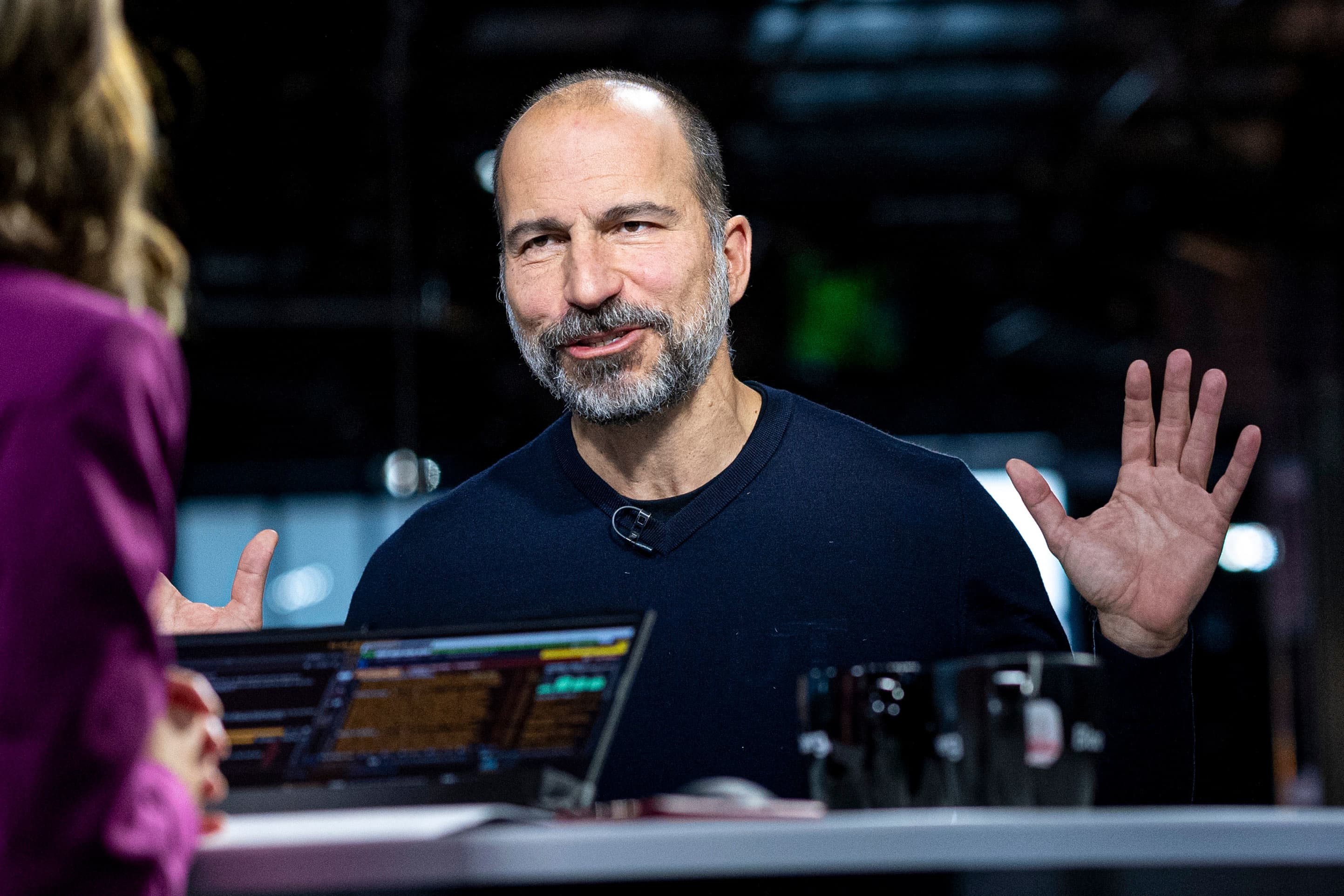California wants to use electric cars to back up the power grid
A Hummer EV chassis outside a GM event in Lansing, Michigan, in January. GM and the California utility PG&E will run a pilot program to test using energy from EVs to power homes. | Bill Pugliano/Getty ImagesA collaboration between...

General Motors and Pacific Gas and Electric this week announced a joint pilot program to test ways GM’s electric vehicles could help the California utility’s customers keep the lights on, either by providing backup power to homes during blackouts or feeding energy back into the grid when demand is especially high. It’s a significant step towards enabling EVs to become big batteries on wheels.
The idea behind the pilot is deceptively simple: An EV owner plugs their car into a charger at home, and instead of electricity simply flowing into the car’s battery, electricity can also flow out of it to provide power to buildings — a concept called “vehicle-to-grid,” which essentially makes the car an extension of the power grid itself.
The most basic version of this idea entails temporarily cutting off a house from the power grid during a blackout so that the car can provide backup power; at a more advanced level, a collection of EVs working together can act like a large backup battery for the grid at large. In most of the country, the power grid isn’t set up for something like this (simply put, the car and the grid don’t know how to talk to each other). But with climate change hammering the aging American power grid, the PG&E pilot is a sign that utilities are starting to think creatively about potential solutions.
As the home of one million (and counting) EVs — the most electric vehicles of any state in the country — California is particularly well-suited to test the concept of using EVs this way. Climate change is also exacerbating California’s wildfire problem, and PG&E warned customers in 2019 that they would be facing up to ten years of precautionary blackouts as the company tried to prevent fires started by its transmission lines. This is quite literally a life-or-death issue: PG&E was found responsible for sparking last year’s Dixie Fire, the second-largest fire in state history, and charged with manslaughter after its equipment started fires in 2018 and 2020.
GM is by no means the only manufacturer thinking about vehicle-to-grid solutions, and in some ways it’s playing catch-up. Bidirectional charging — power flowing out of a car battery as well as into it — has been part of Ford’s marketing for its electric F-150 lightning since the truck was announced in May 2021, and PG&E previously worked with BMW to test ways EVs could support the grid. But experts say GM’s size and electric vehicle ambitions mean its pilot with PG&E has the potential to be a big deal, and could be the first real test case of the vehicle-to-grid idea.
“Bidirectional power on a large scale hasn’t really been performed yet,” said Kyri Baker, an assistant professor of engineering at the University of Colorado Boulder. “It’ll be a good case study to suss out any issues that might happen.”
It’s also an indication of how serious GM, which announced it would end production of diesel and gasoline-powered vehicles by 2035, is about electric vehicles. The company lost money on every Chevrolet Bolt it sold, and projects like the PG&E pilot don’t come cheap.
“To see them put time and resources into a project makes me hopeful,” said Samantha Houston, a senior analyst at the Union of Concerned Scientists. She added that the vehicle-to-grid could, as a concept, be a little speedier.
“I certainly think that utilities, given their scale, could go further faster if they wanted to,” Houston told Recode. “I’ve seen a bit of caution approaching these things because batteries on wheels are not something utilities have really worked on before.”
Part of the issue is that the grid might not be ready for energy to flow in the opposite direction than it normally does. That means utility companies would probably need to invest in replacing components, like transformers, so they can handle power flowing in both directions. Powering a single home, however, is easier: The building would simply need to be wired in a way that shuts it off from the larger grid when it’s receiving power from the car, which is probably why the GM-PG&E pilot is focusing on home backup power.
But this raises another problem: For your electric vehicle to power your home in a blackout, you need to be able to plug your car into your home — likely through a charger located in a garage or carport. There’s no good way to send power from public charging spots back into, say, an apartment, and it’s hard enough to figure out how to send energy from public chargers back into the grid at large. That inherently limits the benefits to people who have enough income to not only buy an electric vehicle but also live in a home with a garage.
“It’s still a program that’s only accessible by a lot of high-income residents,” Baker explained. “It’s one thing to be able to afford an EV, and it’s another thing to be able to afford the extra equipment.”
The consequences of climate change are inequitable, and economically disadvantaged communities are going to bear the brunt of the pain. It’s important, Baker and Houston said, that they don’t get left behind.
“I think probably the next step is to ask ‘how do we make the transition to electric vehicles more equitable?’” Baker said. “We still don’t know how to do that.
This story was first published in the Recode newsletter. Sign up here so you don’t miss the next one!

 Lynk
Lynk 
































